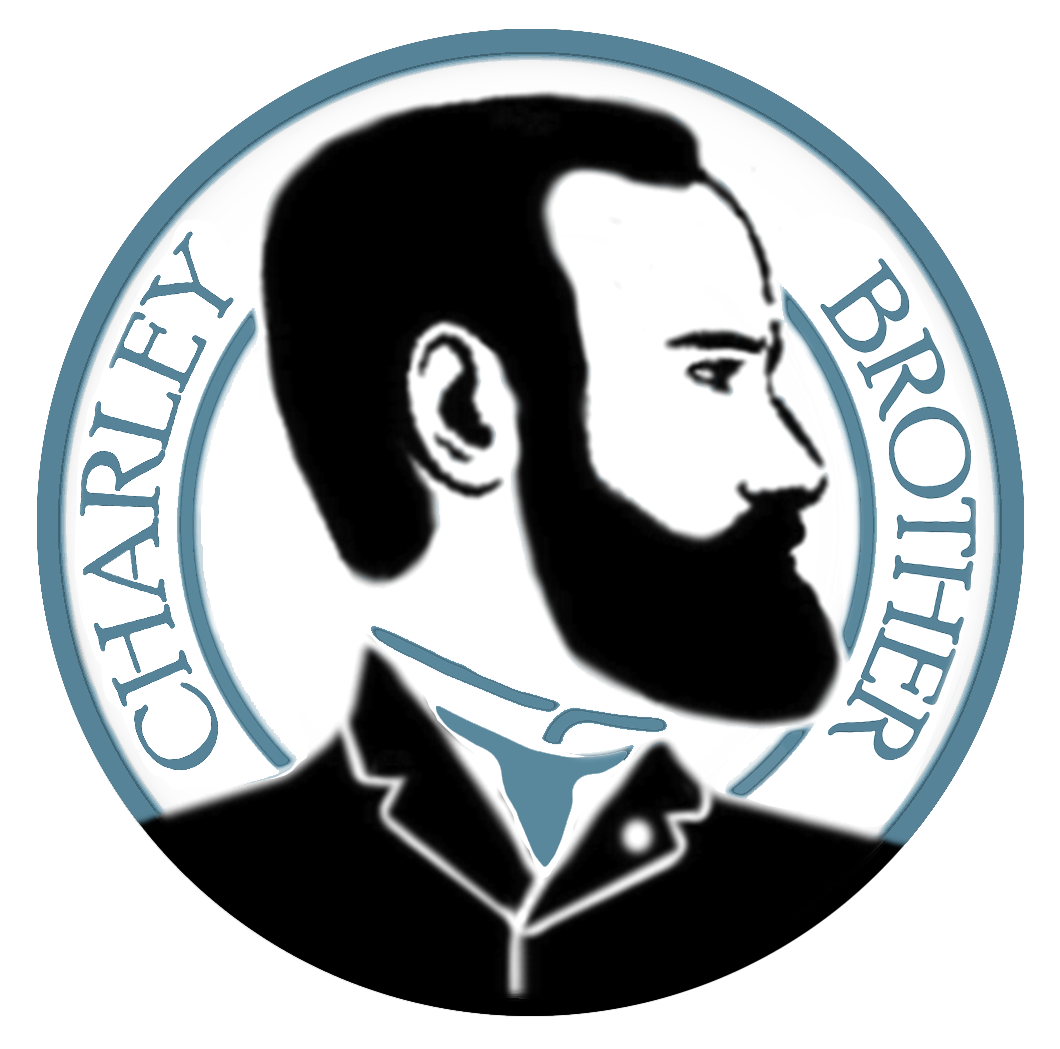Laws of the State of New York, Volume 1; 1810 - Session laws
In 1810 Valentine Brother got up from his seat in the statehouse and reached over to his George Hornell and Moses Van Campen, who were ready to band together to build the road from Canandaigua to the Olean river. The men stood and shook hands, determined to get work started. Valentine, now 37, was the youngest and understood his position.
Moses van Campen, 53, was well versed in how to respectfully fear the Indians, having been a prisoner of the Seneca tribe. From his brave and heroic confrontation with these warriors and the frontier, his knife and gunshot scarred face provided a reminder to his friends and a backstory for those who were privileged enough to meet him at all. He was practical.
George Hornell, 41, was adamant that his slaves keep up with the plan and while trying to manage their escaping and his road building, he shared with Valentine how he would become, by default of being the first in position and the first to build the road, the first postmaster, first grist mill owner, first saw mill operator, first school builder, first tavern owner, and doing all this while getting back to the New York legislative sessions— first. He was romantic.
As Valentine held his wife and new baby in their warm bed, he watched the surprising April snow out the window in the little pocket of light that flickered by their bedside candle. Mr. Hornell was occupying his thoughts while his loved ones slept. Valentine liked the idea of a new tavern: build in the winters so they are ready by the spring. The spring would be too late. But how could he manage? Valentine blew out the candle. For the night he would hold his baby and know that it was for his family that he would find the stamina to manage.
As the grandfather of Civil War Marine, Charles Brother, he wanted to future generations for how to be the first to pack, the first to build a road, the first to welcome the weary traveler, and the first, with the will of God, to fight.

